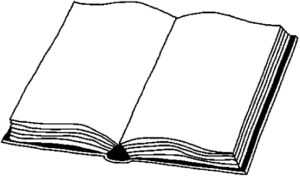Procedure:
- As a possible introduction, the instructor tells a story, e. g.a fairy tale, a legend or another (not very long) story from the students‘ heritage culture and literature. The instructor endeavors to create a vivid and lively presentation of the text, observing the tips for a lively presentation, suggested in #22.
- The students are then instructed to practice presenting a story in a similar fashion, either individually or in small groups. The instructor distributes appropriate texts (shorter ones for the weaker students and longer ones for the more advanced students).
- The most important criteria for a lively and vivid narration are gathered and reviewed one more time (see tips in #22); the students should adhere to them.
- The students practice to present their narration (for procedures, see #22).
- The individual narrations are then presented to the class as a whole.
- The exercise concludes with criteria-oriented discussion, as described in #22.

Variants:
- The instructor shows a picture or an artifact as a means of generating a discussion. The whole class then begings to invent a story whereby one student begins and another one continues the story, and so on. The story ends after everyone has contributed their part. The narrations should be rendered as expressively as possible in terms of voice control, gestures and mimicry. This variant is mostly suitable for small groups
- The instructor distributes cards with words about a topic. S/he begins a story with a sentence that contains the word on the card. A student continues the story with a word on his/her card, etc.
- For additional motivation, the narrative texts can be recorded, and made available as CDs or MP3 files.






